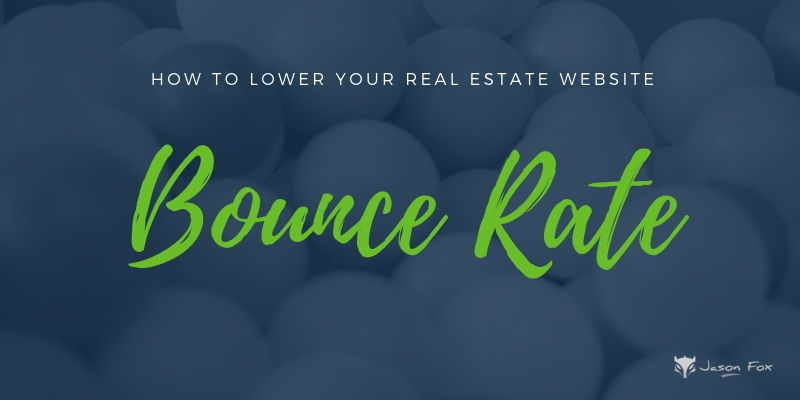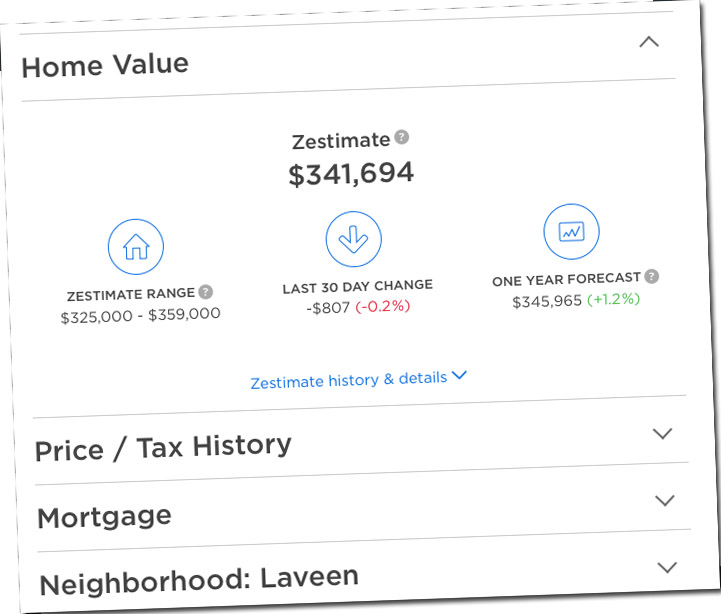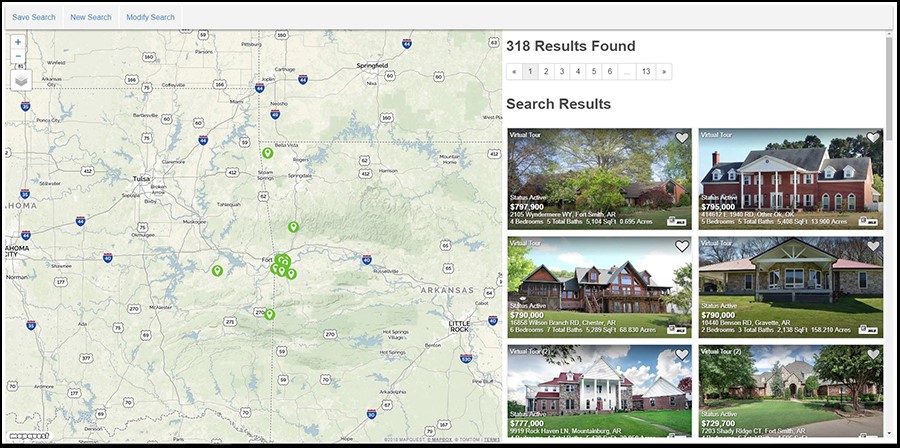Contents
Ever walked into a store, turned around and walked out? Well, you bounced.
Perhaps, you did not like the store’s look or maybe you noticed that the store didn’t stock the products you were looking for. Whatever the case, you took one look and bounced out!
The same thing happens when web surfers visit a real estate website and it doesn’t offer what they are looking for. They leave your site and go elsewhere in search of what they were looking for.
And that brings us the question, how sticky is your real estate website?
Are visitors staying long enough or are they just leaving right after opening the first page?
-
the percentage of visitors to a particular website who navigate away from the site after viewing only one page.
Well, if they are abandoning your site, it means that your site is experiencing a high bounce rate and it is not a good thing especially if you are concerned with Google rankings and making conversions .
[click_to_tweet tweet=”If people are leaving your real estat website after viewing only 1 page, your Bounce Rate, that is not good for SEO or Conversions. #seo #conversions #bouncerate #realestate” quote=”If people are leaving your real estat website after viewing only 1 page, your Bounce Rate, that is not good for SEO or Conversions.” theme=”style3″]
Fortunately, you can reduce this bounce rate and eventually convince potential clients to stick and look around on what you have to offer on your site. But how?
Here are 9 Ways to lower your Real Estate website bounce rate.
1. Optimize Page Load Time
Most marketers think that a high bounce rate on their site is as a result of the content being displayed on the site’s pages when in reality serious problems could arise even before a site visitor has the chance to see what is on the site.
I mean, if your site doesn’t load fast enough, visitors will not waste their time when there are several other places they can get what they are looking for.
And considering that about 50 percent of web surfers expect web pages to load in as little as 2 seconds, pages taking forever to load is unquestionably the worst problem your real estate website could be facing.
A good site to check page load time is Google’s Page Speed Insights.
After all, it doesn’t matter how bad or good your content is if users can’t access it when they want. Therefore, ensure that your site’s content loads fast enough for potential customers to stick around and see what you have to offer.
If you don’t know where to get started, here are a few tips to help you out:
-
Reduce image quality and sizes
- WP Smush Plugin will reduce the size of images on your WordPress website
-
Remove redundant scripts
- Autoptimize Plugin will minimize your redundant scripts
- Rocket Loader Plugin will do it a bit better
-
Deactivate plug-ins that you don’t frequently use
-
Use a Premium Hosting Provider
- It is no secret that we use WP Engine for our site and every site we build
- In some cases, you might consider changing your web hosting plan.
-
Lazy Load Images
- Images and videos put a big strain on load times. Along with optimizing images you can also tell your website to not load the images until they are needed.
- A3 Lazy Load plugin will create lazy load for your WordPress images.
2. Add Real Estate Data
Having a few or even complex statistics on your site has the ability to entice visitors to spend more time on your site.
The thing is, people are looking for statistics they can use to make comparisons and ultimately help them in making their decisions. If you can do this, you will be surprised by how many visitors will want to stick around and look at your metrics. See just how Zillow implemented this.
3. Add A Map Search
Visitors are looking for the easiest way possible to view properties. So, If you can provide a feature on your site where visitors can search for their properties of interest, you will have established your business as a one-stop shop for all of their needs.
IDX Broker has recently introduced a new feature called Home Atlas.
If you are an IDX Broker client you can switch to this template for your listing results. The coveted map results, with listings, and the heart icon to get visitors engaged.
If you can get people to start clicking on listings then they are not bouncing.
4. Add Neighborhood Information
As a real estate website, you should not just list the properties you have. If you can take it a step further and provide neighborhood data such as:
- Nearest schools
- Grocery stores
- Hospitals
- Coffee shops
- Parks
- Eateries
- Festivals
- Activities
Here is an example from a real estate website that sells Property in British Columbia: https://www.strawhomes.com.
The point here is providing value to whoever visits your site. And if you provide more than just average, you can rest assured that more web surfers will want to spend more time on your site and even end up converting into clients.
5. Employ a Useful and Logical Internal Linking Structure
Many online marketing consultants advocate for extreme use of internal linking to combat bounce rates. Though it is an effective strategy, abusing it could end up backfiring on you by making your content look cheap and sleazy. This does little or nothing to enrich your visitor’s experience or offer true value.
Therefore, when using anchor texts and internal links, put emphasis on a logical strategy and most importantly, relevance to what you are talking about.
To achieve this, ensure that your linked pages are focusing on a similar topic in such a way that they complement each others information and value.
Speaking of which, it would make little or no sense to link articles without related information since they don’t contribute to your site’s quality score, or on page SEO.
In other words, don’t link blindly and whenever you are linking internal pages, make sure that the information of a linked article reinforces what your visitors are currently reading.
[click_to_tweet tweet=”Don’t internally link blindly & whenever you are linking internal pages, make sure that the information of a linked article reinforces what your visitors are currently reading. #SEO #InternalLinking” quote=”Don’t internally link blindly & whenever you are linking internal pages, make sure that the information of a linked article reinforces what your visitors are currently reading. ” theme=”style3″]
And most importantly, resist the temptation to internally link all the articles in your blog and focus on creating internal links that are useful pages and articles with useful and relevant information.
6. Improve Your Site’s Layout and Make the Navigation User Friendly
When designing your site, think of web surfers as lazy, spoiled and entitled kids who are obsessed with being spoon fed and doing everything effortlessly.
Honestly, if you make them work to get what they are looking for on your site, they will most probably bounce to another site.
Therefore, if you are serious with how to lower your Real Estate website bounce rate it is very important that your site’s navigation be as seamless and effortless as it can get.
The interface should be user-friendly, offer visitors a seamless browsing experience and easy to shift from one page to another. Always remember your visitors are always in control and they should never have to guess their way through your site.
7. Optimize Your Site for Mobile Devices
More people browse the internet on their phone than on a desktop or laptop computer.
Make sure that your Website is Responsive in design.
Responsive web design (RWD)
RWD is an approach to web design that makes web pages render well on a variety of devices and window or screen sizes. Recent work also considers the viewer proximity as part of the viewing context as an extension for RWD. Content, design and performance are necessary across all devices to ensure usability and satisfaction.
A site designed with RWD adapts the layout to the viewing environment by using fluid, proportion-based grids,flexible images, and CSS3 media queries, and an extension of the @media rule.
Failing to optimize your site to support mobile devices is literary begging for visitors to bounce off your site and seek help elsewhere.
So, take heed and ensure that your site is seamlessly accessible through mobile devices.
8. Calls To Action
If your website visitor clicks on something then they are not bouncing. There are many ways to build in calls to action on your website, such as:
- Buttons
- Tweet This
- Related Posts
- Forms
- Internal Links
- Read More Links
- Previous or Next Arrows
9. Write Informative, Engaging and Relevant Real Estate Content
We talk about Content Marketing quite extensively on this website and as a case in point, if you are reading this right now than you know that we have success with our Content Marketing.
-
a type of marketing that involves the creation and sharing of online material (such as videos, blogs, and social media posts) that does not explicitly promote a brand but is intended to stimulate interest in its products or services.
It goes without saying that all of the content on your real estate site should be unique, original and relevant. Otherwise, if you decide to take a shortcut and use plagiarized content, search engines like Google and Bing will never direct traffic to your site no what how much you pay them. Even worse, you could end up being sued.
Create unique and informative content for your real estate site and don’t forget to infuse some personality and psychology to capture your visitor’s attention.
In other words, every page on your site from the home page to your blog should have the goal of drawing in your visitor’s attention and getting them to stick around, and take action
Written by : jasonfox
Jason Fox - Real Estate Marketing
Business: We build WordPress Real Estate Websites with IDX
Me: #GoHawks, #BringBackTheSonics, #MaybeNextYearMariners, #ILoveMyKids #SeattleSunLover #SeattleWaterLover #BFF
Blog: Focuses on Wordpress Websites, Content Management, SEO Services, SEM Campaigns, Social Media Marketing, Email Marketing, Beautiful Design, IDX, and more.





Thank you very much for publishing this kind of article. I like your article very much
In my opinion this point “Write Informative, Engaging and Relevant Real Estate Content” should be #1. Without fresh, Unique, Informative content the rest elements could do nothing.
It is informative and engaging article thanks for that
This is truly a great read for me!! Once again, thanks for the quality articles you post on your blog!! That is very interesting You definitely made my day with this awesome post. I am always searching for informative stuff like this! I will check here often for more cool stuff.🙂